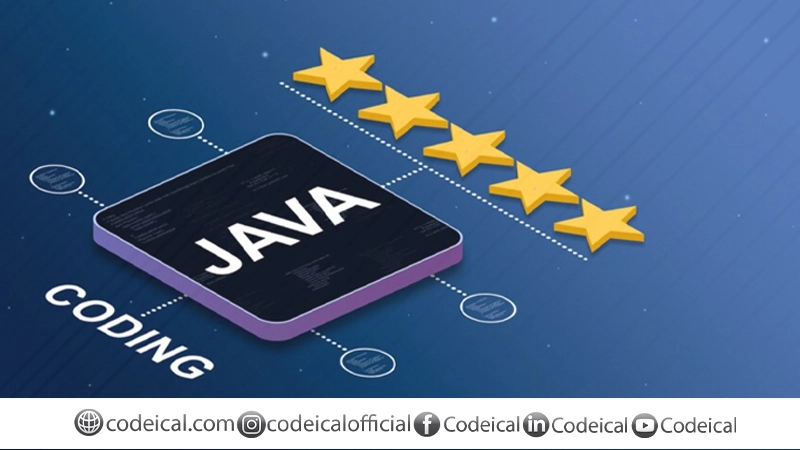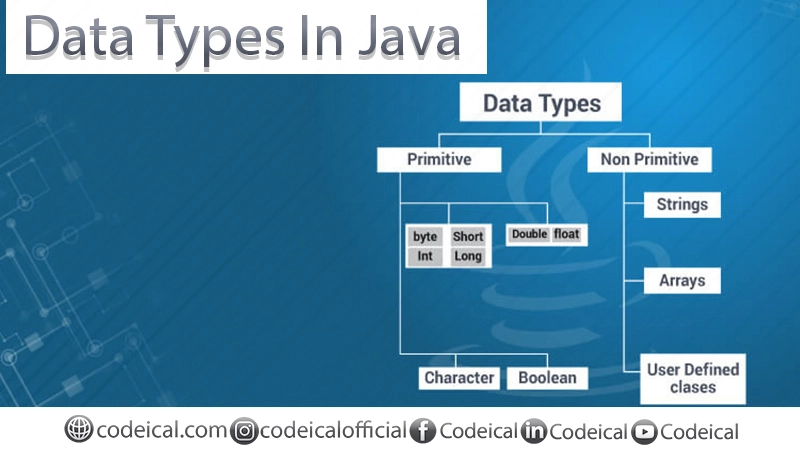Java-Programming Language, Learn about Java here for free (FOR BEGINNERS)
Table of Contents
ToggleINTRODUCTION
Java, a versatile programming language, finds extensive use in various domains like web development, mobile development, and enterprise applications. Its power and user-friendly nature make it a favored choice among both novices and experienced developers.
This article serves as a comprehensive guide to Java, covering essential language aspects such as syntax, data types, and operators. Additionally, it delves into crucial Java concepts like objects, classes, and inheritance.
Upon completing this article, you will have a firm grasp of Java fundamentals, propelling you toward becoming a proficient Java developer.
What is Java?
Java, an object-oriented and class-based programming language, is widely used and regarded as a versatile tool for various programming tasks. Initially created by Sun Microsystems in 1995, Java has since gained immense popularity and is now considered one of the most widely adopted programming languages worldwide.
One of Java’s distinguishing features is its compilation process, where the code is transformed into machine-readable instructions before execution. This compilation step enhances the efficiency and portability of Java programs. They can be executed on any platform equipped with a Java Virtual Machine (JVM), enabling cross-platform compatibility.
Why Learn Java?
There exist numerous motivations for acquiring Java skills. Here are merely a handful:
- Java is a powerful and versatile language that can be used for a wide variety of applications.
- Java is easy to learn and use, making it a good choice for beginners.
- Java is a portable language, so your programs can be run on any platform that has a JVM.
- Java is a popular language, so there are many resources available to help you learn it.

Getting Started With Java
Here are several ways you can begin your journey with Java:
The Java Tutorial offered by Oracle: This resource, available at https://docs.oracle.com/javase/tutorial/, is an excellent starting point for mastering the fundamentals of Java.
The Java MOOC provided by the University of Helsinki: This free online course, accessible at https://java-programming.mooc.fi/, offers a comprehensive introduction to Java, covering the basics thoroughly.
The Java Programming Language tutorial on TutorialsPoint: If you prefer a comprehensive tutorial that covers all aspects of Java, visit https://www.tutorialspoint.com/java/. It provides in-depth explanations and examples.
Once you have grasped the basics of Java, you can enhance your skills by practicing and writing simple programs. Numerous online resources offer a wide range of Java programming exercises to help you sharpen your abilities.
Important Concepts In Java
To become a Java developer, it is crucial to grasp numerous significant concepts in Java. Here are some of the most vital ideas:
Objects and Classes: In Java, everything is treated as an object due to its object-oriented nature. An object comprises both data and code, forming a self-contained unit.
Inheritance: Inheritance is a powerful mechanism enabling code reuse. By inheriting from a class, you gain access to all the code and data within that class, which can be utilized in your class.
Interfaces: Interfaces serve as a means to define the behavior of a class. By implementing an interface, a class can incorporate the specified behavior outlined by that interface.
Exceptions: Exceptions provide a mechanism to handle errors within your code. When an exception occurs, your program can capture and gracefully manage the exception.
Garbage Collection: Java incorporates a feature known as garbage collection, which automatically manages memory in your program. This feature simplifies Java programming compared to other languages that require manual memory management.
Syntax
Java’s syntax bears a resemblance to that of other programming languages like C and C++, but it does have notable distinctions. To illustrate, Java employs curly braces to indicate code blocks, and it terminates statements with semicolons.
Here’s a straightforward instance of Java code:
public class HelloWorld {
public static void main(String[] args) {
System.out.println(“Hello, world!”);
}
}
This code will print the following output to the console:
Hello, world!
Data Types
Java has a variety of data types, including primitive data types and reference data types. Primitive data types are the basic building blocks of Java programs. They include the following:
- int: Integers
- float: Floating-point numbers
- double: Double-precision floating-point numbers
- char: Characters
- boolean: Boolean values (true or false)
Reference data types are objects that refer to other objects. They include the following:
- String: Strings of characters
- Arrays: Collections of objects
- Classes: User-

If you want to learn Java language for free CLICK HERE
And CLICK HERE If you want to learn Python.
If you have any questions feel free to ask in the comments section.

